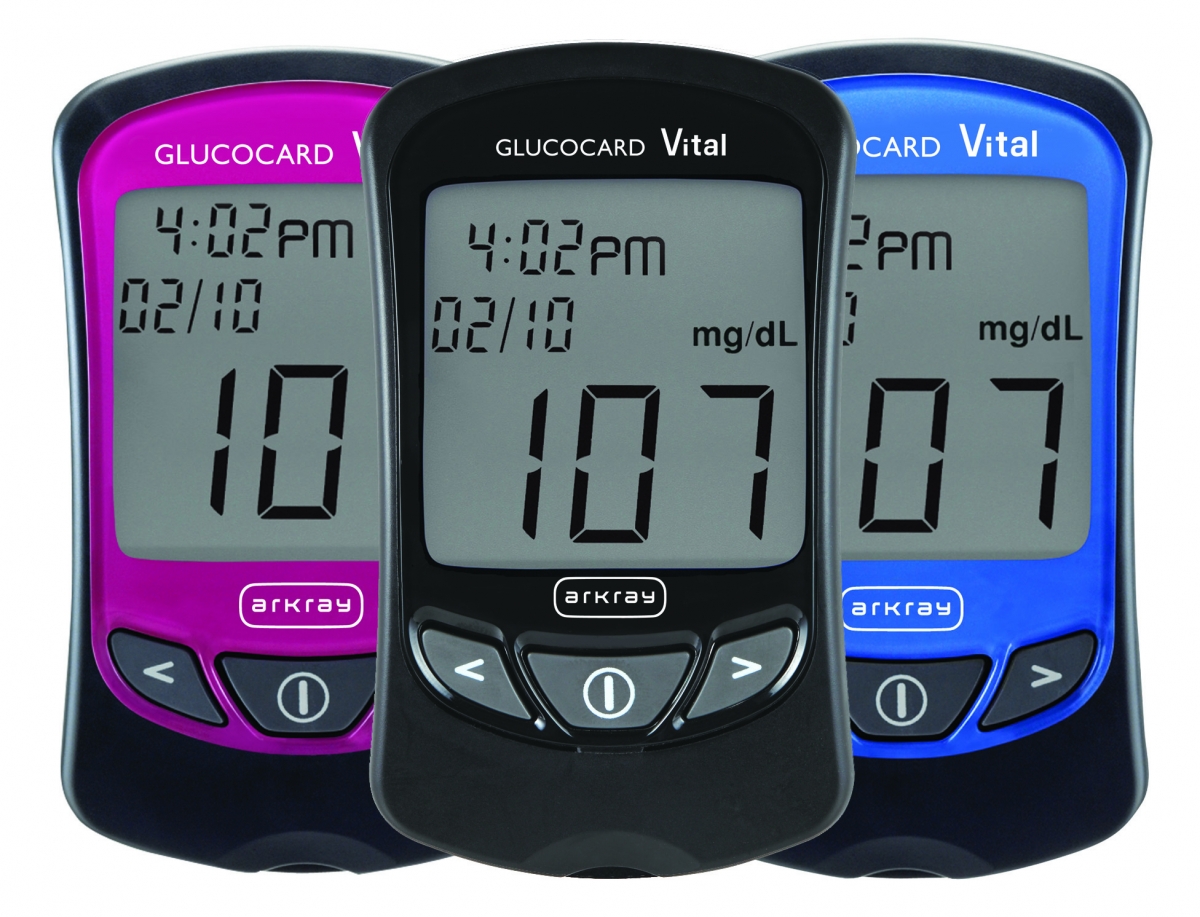It is difficult to remember a time when handheld blood glucose meters were missing from the health care landscape, since they have now become such an essential and prevalent standard care for people living with Type 2 diabetes.
The blood glucose monitoring market has exploded because these monitoring systems are crucial for people with diabetes. Clinical studies during the last 20 years have proven again and again that self-monitoring improves overall glucose control, which prevents diabetes complications—a benefit for quality of life and lowering health care costs. The numbers on the meter screen can also save lives by identifying dangerous hypoglycemia, low blood glucose that can lead to coma and death.
HME providers change lives by supplying these gadgets that are a lifeline for millions of people living with diabetes in the U.S. Knowing how blood glucose meters and test strips are used, as well as the support and services offered by manufacturers, help identify the best systems to offer customers.
By the Numbers
Blood glucose monitoring devices measure the amount of glucose, or sugar molecules, floating in a blood sample taken from a finger stick. People with diabetes respond to these numbers based on the goal range set by their health care team. Generally, the goal range is 70 mg/dL to 180 mg/dL, but these numbers are individualized based on factors such as recent glucose control, how long a patient has been diagnosed with diabetes and if the patient has other comorbidities such as heart disease.
People with diabetes depend on these numbers to adjust their meal plans, know when to treat for hypoglycemia, know when it is too dangerous to exercise and countless other situations. They trust their meters to give them life-changing information. Because the numbers are so important, the meter systems' accuracy and precision are paramount in reflecting the actual blood glucose levels. The FDA has set accuracy standards for a system to be approved for market, and most manufacturers provide white papers citing their meter accuracy studies. Meters with proven accuracy should give an HME providers' customers confidence.
The Features
Most modern handheld meters come with bells and whistles to increase efficiency, comfort and style. Blood glucose meters often do more than just measure glucose. The main feature to increase efficiency and decrease confusion is auto coding capability. Auto coded meters do not need to be programmed. Simply insert a test strip, and the meter is ready to measure a blood sample. Many meters are still on the market that require manually programming a code from each new bottle of test strips into the blood glucose meter, but most patients expect auto coded meters.
Consider the amount of blood required for testing as well as how easy the meter is to handle, particularly for those with dexterity or vision issues. The smallest sample size on the market is 0.3 μL (microliter), about the size of one pinhead, but some meters require more than 1 mL of blood. Audio enabled monitoring systems are available for the visually impaired. Some meters can also give alerts and warnings and even sync with video games.
These features are added bonuses, but the download capability is the most critical feature. Downloadable meters can plug into a computer and transfer all the readings and data—date, time, averages, etc.—into compatible software. These computer programs are extremely helpful for patients and their health care teams to analyze their blood glucose data and know when and how to make improvements.
Future Trends
The Centers for Disease Control estimates that one in every three Americans will be diagnosed with diabetes by 2050. There are several reasons for this exponential growth: aging baby boomers, the American obesity epidemic and sedentary lifestyles. This means that demand will increase for blood glucose monitors. Demand for new features and technology will likely increase as well.
A coming trend is the push to make blood glucose monitors interface with more technology, such as smart phones and computers. The question will become: Do patients of the future want manufacturers to “bedazzle” their blood glucose meters with more tech savvy features, or do they simply want to test their blood glucose in the fastest, most comfortable way and review and analyze the data?
The Suppliers
Choosing a blood glucose monitoring system depends not only on what helps the patients but also what manufacturing company can help the supplier the most. Because the meter industry is competitive, choose companies that offer programs and services to support their meters and strips. HME companies can benefit from business-to-business sales by capitalizing on the companies that provide the best customer service and support not only for the end users but also for the suppliers. Ask what companies can do for you and your customers.
Senior Care Products, Spring 2012





